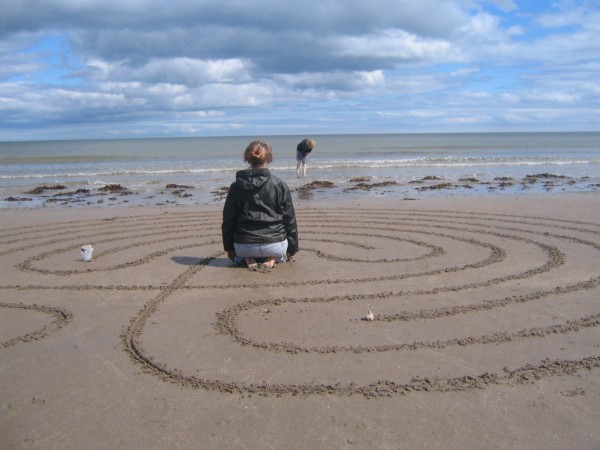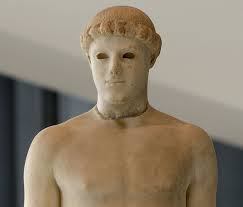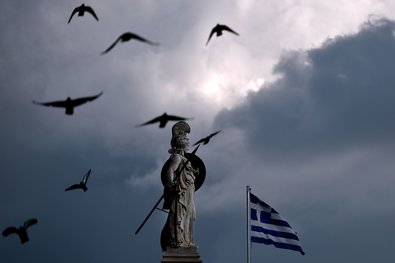June 2015
I. STORIES
In the all but abandoned Alhambra Washington Irving moved into a new set of long deserted rooms. It was the spring of 1829. When night came he took a lantern and by its dim light began to explore the rooms, terror growing as he went along but unable to turn back, Then, he found a shuttered window, threw it open, and looked out to the moon in a clear heaven.
Or so I remember the story after reading it on his Tales of the Alhambra, dreaming about it, and when I awoke, trying to think what it means. It’s ab archetype, I am convinced, and so not surprising if someone finds it deeply rooted somewhere in the psyche -- wandering outside the familiar world, fear of losing one’s way, dim light in deep darkness, then a break through into something unexpected and wonderful. It’s the story of explorers discovering new lands, scientists making discoveries after protracted discouragement, of Jesus wandering for forty days in the wilderness, of Jews in flight from Egypt wandering forty years until they found the promised land.
And it’s the story of Theseus in the labyrinth. Maybe the Greek myth helps us understand the terror that drives the story. It’s personified as the Minotaur, of course, a boundary crosser, , half human half animal, like us and not like us. Theseus has to confront all sorts of fears, wandering in that labyrinth, being surprised by the Minotaur, or worse never finding him at all, finding only himself , and that self less than fully human.
But no fair! Theseus was not clueless in confronting the Minotaur. He had, literally, a clue, the ball of yarn, gift of the Minotaur’s half-sister, Ariadne. By unrolling the clue as he wandered, Theseus could deal with one fear, being eternally lost in the complexity of that maze, wandering not for an evening, or forty days and forty nights, or forty years, but forever. So all the time Theseus had the yarn that kept him in touch with “The Super Holy One,” as Ariadne’s name seems to mean.
Washington Irving had no ball of yarn, no contact with this saving female presence. Modern, secular, enlightened he had to walk it by himself. I wonder if he whistled the folk tune there in those dusty palace rooms, “Jesus walked a lonesome valley; he had to walk it by himself. No one else could walk it for him. He had to walk it by himself.” If so, it was whistling in the dark, not reaching out to some implausible sanctity.
He didn’t slash with sword or dagger as Theseus had. He opened a window, and then he could see beyond his fear. Plato would have had fun, I bet, with that variation in the archetype. He’d have recognized quickly enough the symbolism of the shuttered window and worked it into a conversation with Socrates.
Too bad Plato didn’t go that route. Big help he is! We have to figure it out for ourselves. No one else will figure it out for us -- except we already know, I think, what that window was, at east for Irving -- pretty clearly it was writing, or more precisely the ability to turn unexpected experience into well-crafted story. He makes beauty out of fear. And next to that window, surely, was another, waiting to be unshuttered, music, and next to it another, art, and so on down a whole bank of windows. What are they all? Is that one mathematics? is that one astronomy? How many are there? Nobody else is going to tell me; I guess I have to figure it out for myself.
II. THINKING THROUGH LABYRINTHS
Professor N. opened her class in Art History by paraphrasing the story from Washington Irving, and asking her students whether the story meant anything to them. Did it match their experience at all? It didn’t take long for someone to make the obvious joke—that college was a lot like groping one’s way through one dark room after another without a clue. The class laughed the nervous laugh of recognition.
“OK,” Professor N. said, “What’s the window?” That was a harder question. Were there any windows? After an awkward silence she told another story:
“Another young person in another part of the Alhambra entered another identical suite of rooms that same night. He’d heard the legend that at the end of these rooms a Moorish treasure was buried. It had to be dug out at night lest the authorities arrest one for damaging the site. What do you think happened to him?”
“He didn’t waste time opening any windows.”
“He hurried, stumbled, fell through a hole in the floor.”
“Did he find the treasure?”
“There wasn’t any treasure to find. He believed in a fairy tale.”
The class got the point. Then (and only then) Professor N. said, “Look, the propaganda issued by the administration of this college is full of pious chatter about persona growth and development, nurturing the whole person, all that sort of stuff. I can’t do that for you. You have to do that for yourself. But if you want to stop and open a window, I can help you do that. I can help you see. There are plenty of other windows, if you want: colleagues of mine who can help you hear music, or read poetry – there are lots of windows, if you’re not in a rush to find the Moorish treasure. I can help you open this one window, and you won’t be sorry if you do.”
There was an awkward pause. A few students closed their empty notebooks and left,
“Let’s start in ancient Crete, with a structure near Knossos that …”
They are off and running.
“





 RSS Feed
RSS Feed
